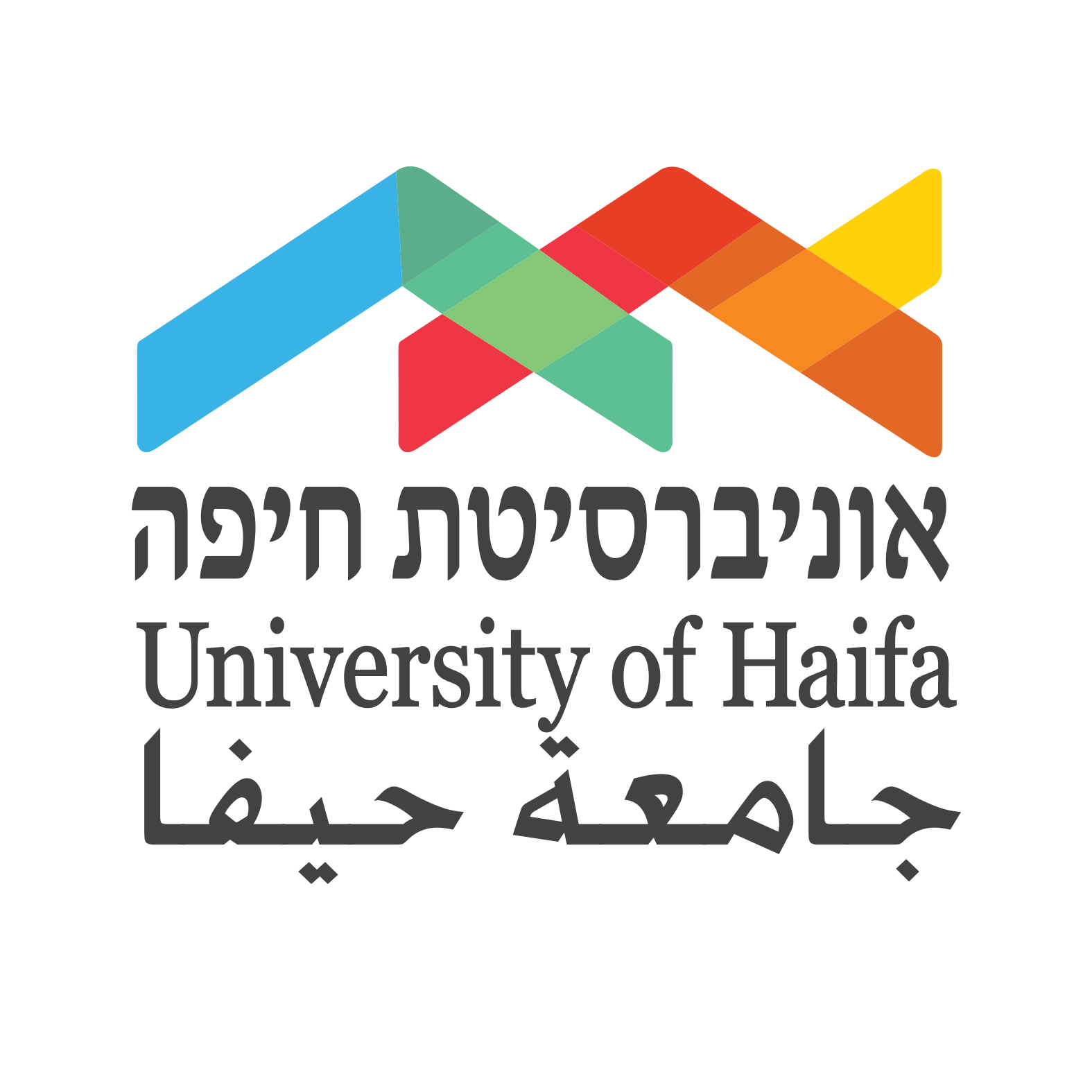The 2016 Annual Student Exhibition at the School of the Arts showcased an inspiring and impressive display of modern art, abstract and surrealistic paintings and artistic works incorporating video and digital influences. One noteworthy project was a self-portrait series by undergraduate student Shada Zuabi, whose work pioneered a new digital art medium. “Shada developed a unique drawing and painting language by constructing realistic images from thousands of tiny color spots painstakingly drawn side by side and one over the other,” explains Aya Ben Ron, Shada’s art instructor and academic advisor at the School of the Arts. “What resulted was a multi-layered painting with two simultaneous impressions: a carefully constructed image and a ‘digital pixel’ effect.”
In her series of five digitally drawn paintings, Shada poses as a woman from different Israeli identity groups: Jewish orthodox, Muslim Arab, Circassian, Ethiopian and Russian – each time wearing a different ‘mask’ to suit the persona. Te paintings were made in Photoshop using a pressure-sensitive digital pen.
“My project was as a journey of self-discovery,” notes Shada. “I chose to explore my identity by experimenting with my own reflection. I attempted visual role-playing, embedding my portrait into stereotypes of Israeli women. I began with an identity that is furthest from my own – the first self-portrait was me as an Israeli-Ethiopian woman.”
“While Shada masquerades, peeling off layers of her identity and disguising her skin tone in an attempt to suit the stereotype on her journey to self-discovery, her portraits imitate a photograph or digital painting that deceives the viewer. Intelligently and artfully, Shada lures the viewers into questioning their own perception – is the woman portrayed in the series the same individual or is it a collection of different women?
And am I looking at a drawing or photograph?” asks Ben Ron. “What makes this project especially alluring and insightful is the distinct integration and pairing of the technique to the content which causes viewers to dwell on the question of identity, which in reality is also not always easily definable.”
Shada Zuabi grew up in the Muslim village Naora (in Hebrew נאעורה, in Arabic الناعورة) in a traditional and supportive Muslim home. “My parents have always been my greatest admirers,” recalls Shada. “Throughout grade school and then in high-school they encouraged me to develop my creativity and sent me to art workshops at neighboring Ein Harod (housing one of the first art institutes in Israel). I chose to study art at the University of Haifa because of the wonderful facilities available to young artists. This is a very special school – a whole building dedicated to the arts… on any given day you will see artwork on display, theatrical rehearsals and hallways filled with music.”
Shada is undecided as yet on her plans for the future. She is considering graduate studies in fine arts or art therapy; one thing is certain, her future will be connected to art.
"This is a very special school - a whole building dedicated to the arts... on any given day you will see artwork on display, theatrical rehersals and hallways filledwith music." -Shada Zuabi is a recent graduate of the School of Fine Arts, located at the Dr. Hecht Arts Center building at the University of Haifa.
About the School of the Arts
The School of the Arts at the University of Haifa proudly mirrors Israeli society, reflecting its diverse populations: Jews, Arabs, Druze, Circassian new immigrants and individuals with a range of religious and political views and outlooks. It offers academic degree programs in three artistic disciplines – arts, theater and music. More information about the School and its academic programming can be provided through the Office of the Vice President for External Affairs and Resource Development.
- << Prev
- Next

